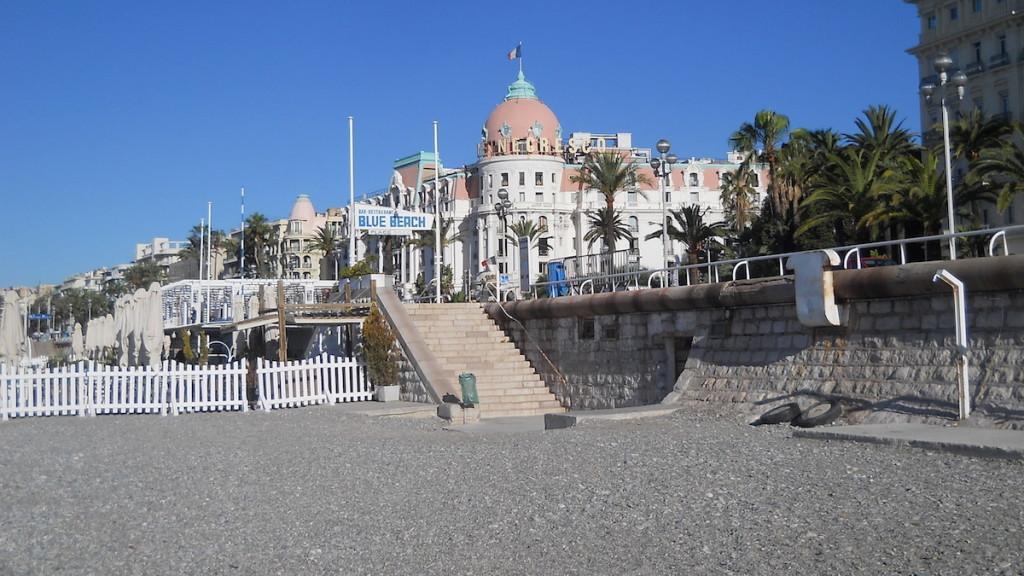
For most motorsport fans, Nice is where you stay when you attend the Monaco Grand Prix. But did you know that it also hosted (arguably) the first ever Formula 1 race in 1946? Gabor Vajda guides us around the historic seaside circuit.
Silverstone hosted the first ever World Championship race in 1950, but it is less well known that Formula One actually began on the French Riviera four years earlier, and not at the venue you would have expected.
Since the advent of Grand Prix motor racing at Le Mans in 1906, there was an urge to form some sort of championship, especially as the sport started growing in popularity. The 1920s saw a semi-formal world series for makes and the European Drivers’ Championship was introduced in the 1930s, which is considered a direct predecessor of Formula One. A championship for a unified formula of cars was proposed in the late 1930s, but World War II put a temporary end to such discussions. The FIA revisited the idea after the end of the war and in 1946, devised three categories – Formula A, B and C (or 1, 2 and 3 in contemporary terms) – to standardize the cars entered at Grand Prix races.
Arguably, the first race to feature Formula A cars was the Nice Grand Prix of 1946, held on the Promenade des Anglais on April 22. Some sources cite the 1946 Turin Grand Prix as being the first Formula A race, but the Nice Grand Prix was held earlier in the season and featured the same 3-litre cars eligible for Formula A standards.
The 1946 track was laid out around the most picturesque parts of the city. The famous Promenade des Anglais (named after the wealthy British tourists who spent their winter’s here) and the Quai des États-Unis served as the main straight and as portions of the “backstretch”. Cars would start on the seaside outside the Jardin Albert 1er and race along the Prom to the west, then take a 180-degree turn at Boulevard Gambetta.
On the way back, they would turn left on the Avenue de Verdun and race until the Place Masséne where they would take the slightly twisty Avenue des Phocéens, before arriving at the seaside again where the Prom and the Quai meet. Cars would then turn east on the Quai to reach another 180-degree turn near the Opera to get back on the start/finish straight. For the record, the 1946 Nice Grand Prix was won by the Italian Luigi Villoresi in a Maserati. Learn more here and check out some period footage below.
The former track is right on the seaside, in the center of town and close to Nice Côte d’Azur Airport. The railway station is about a 10-minute walk from the “Prom” from where you have an easy access to Monaco or the Alps if you are visiting the Monte Carlo Rally. There’s a well-developed cycle sharing system in the city, which is a great way to get around (just be careful for speeding supercars).
With its beautiful azure sea, palm trees and pleasant all-year-round weather, it’s not hard to see why Nice is such an enduringly popular holiday destination. Nice is not the cheapest place to stay – especially on Grand Prix weekend – but there are cheaper options, especially if you book well in advance. With easy access to Monaco, plus it’s own sights, history and culture, Nice is an ideal destination for any motor racing fan.



